Whale & dolphin watching around Madeira, June 2025
June means summer and so warmer air and ocean temperatures, which attracts some more cetacean species around Madeira archipelago!
Week 25: From the 16th to the 22nd of June 2025
Striped dolphin Stenella coeruleoalba
Atlantic spotted dolphin Stenella frontalis
Short-beaked common dolphin Delphinus delphis
Risso's dolphin Grampus griseus
Common Bottlenose dolphin Tursiops truncatus
False killer whale Pseudorca crassidens
Short-finned pilot whale Globicephala macrorhynchus
Blainville's beaked whale Mesoplodon densirostris
Sperm whale Physeter macrocephalus
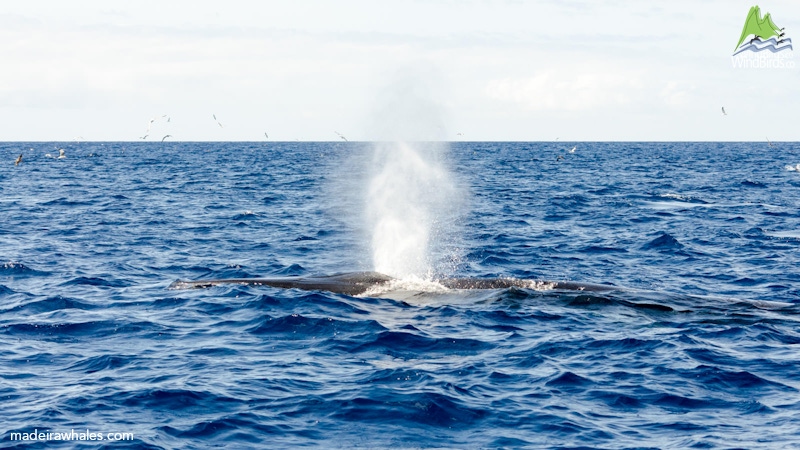
Read More
May 2025 whale watching records for Madeira
Finally some spring weather arrived with May and also some smooth ocean to facilitate whale and dolphins encounters! May is usually good for cetaceans to pass by on their migratory routes, so let's see which ones will get close to Madeira!
Week 22: From the 26th of May to the 1st of June 2025
Humpback whale Megaptera novaeangliae
Bryde's whale Balaenoptera edeni
Blainville's beaked whale Mesoplodon densirostris
Pygmy sperm whale Kogia breviceps
Short-finned pilot whale Globicephala macrorhynchus
Common Bottlenose dolphin Tursiops truncatus
Risso's dolphin Grampus griseus
Atlantic spotted dolphin Stenella frontalis
Striped dolphin Stenella coeruleoalba
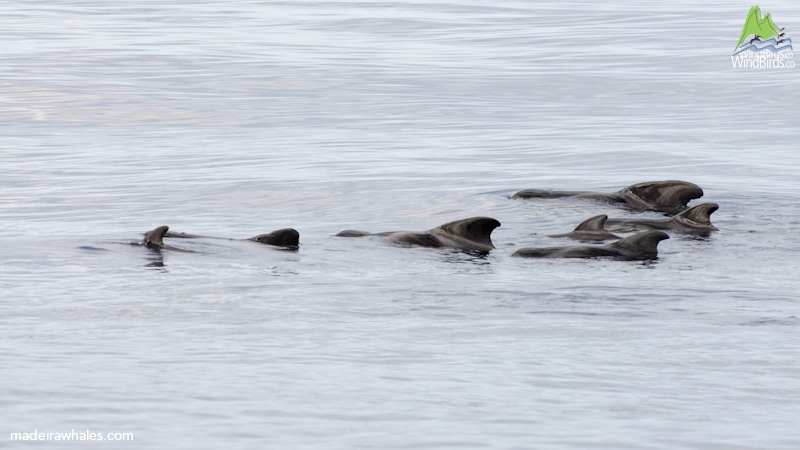
Read More
2025 April's whale watching sightings around Madeira archipelago
There is a saying in Portuguese: "Em Abril, águas mil" which means 'in April thousands of water' and it seems 2025 is determined to prove that saying! So although most countries in Europe are already enjoying some spring weather, in Madeira winter is still stretching until the 1st half of April...
Week 17: From the 21st to the 27th of April 2025
Striped dolphin Stenella coeruleoalba
Atlantic spotted dolphin Stenella frontalis
Short-beaked common dolphin Delphinus delphis
Risso's dolphin Grampus griseus
Common Bottlenose dolphin Tursiops truncatus
Short-finned pilot whale Globicephala macrorhynchus
Common Minke whale Balaenoptera acutorostrata
Sperm whale Physeter macrocephalus
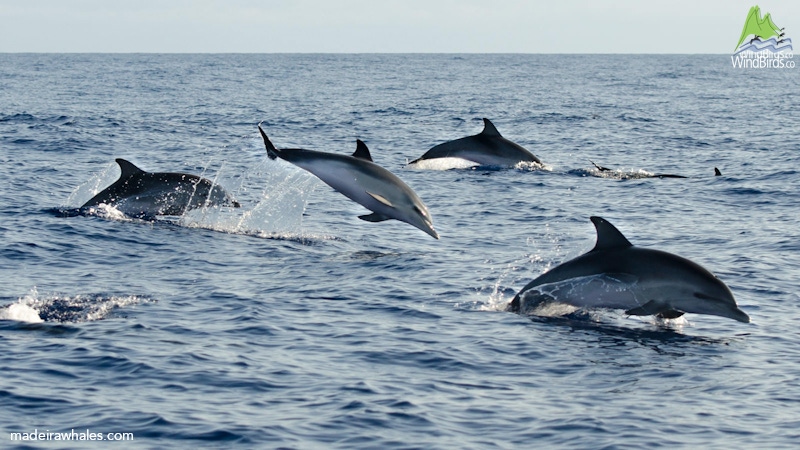
Read More
Whale & dolphin watching around Madeira, March 2025
March should be the beginning of spring but this year winter imposed itself and lasted longer... It was not easy to whalewatch this month due to the strong winds and rough ocean during many days of this month.
Week 13: From the 24th to the 30th of March 2025
Sperm whale Physeter macrocephalus
Short-finned pilot whale Globicephala macrorhynchus
Common Bottlenose dolphin Tursiops truncatus
Short-beaked common dolphin Delphinus delphis
Striped dolphin Stenella coeruleoalba
Bryde's whale Balaenoptera edeni
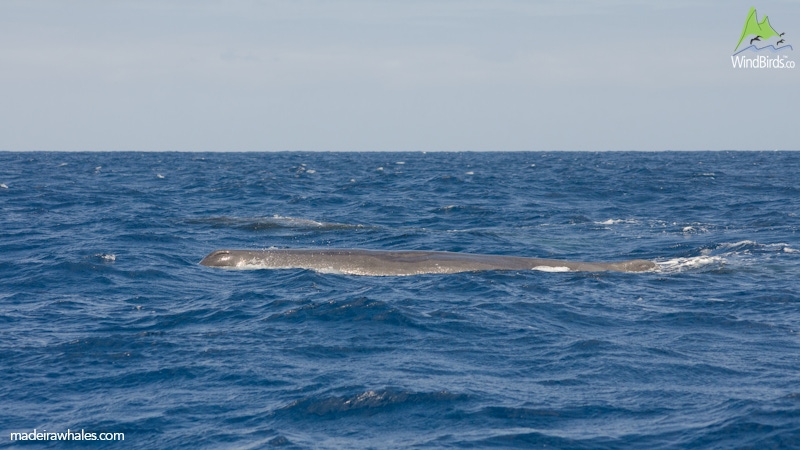
Read More
Dolphins & whales around Madeira, February 2025
Another winter month which usually does not bring many cetacean species to the ocean around Madeira archipelago but...we never know!
Week 9: From the 24th February to the 2nd of March 2025
Striped dolphin Stenella coeruleoalba
Atlantic spotted dolphin Stenella frontalis
Short-beaked common dolphin Delphinus delphis
Common Bottlenose dolphin Tursiops truncatus
Short-finned pilot whale Globicephala macrorhynchus
False killer whale Pseudorca crassidens
Sperm whale Physeter macrocephalus

Read More
January 2025 - new year, new cetaceans list for Madeira!
We sure hope for a Happy New Year though global situation is not looking so promising... Anyway, lets focus at the ocean creatures and which ones will be visiting us this month!
Week 5: From the 27th January 2024 to the 2nd of February 2025
Sperm whale Physeter macrocephalus
Short-finned pilot whale Globicephala macrorhynchus
Common Bottlenose dolphin Tursiops truncatus
Short-beaked common dolphin Delphinus delphis
Week 4: From the 20th to the 26th of January 2025
Short-beaked common dolphin Delphinus delphis
Common Bottlenose dolphin Tursiops truncatus
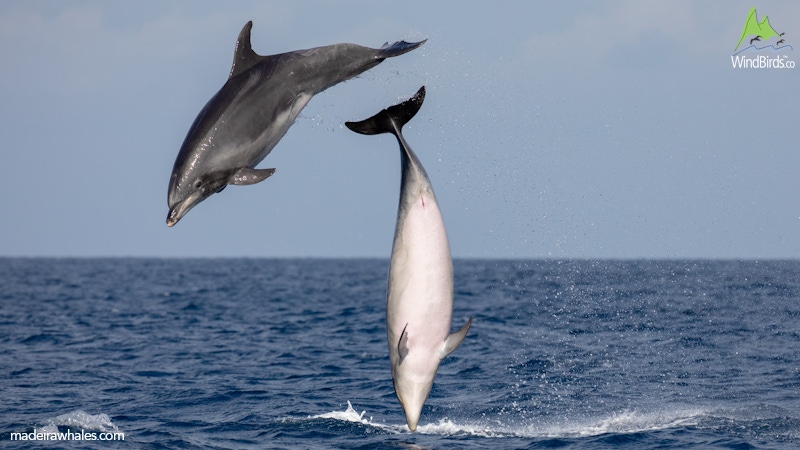
Read More
Whale watching observations around Madeira - October 2024
October is another migration month for most wildlife. Despite the storms and hurricanes in the Atlantic, let's see which whales and dolphins come around Madeira this time...
Week 43: From the 28th of October to the 3rd of November 2024
Atlantic spotted dolphin Stenella frontalis
Common Bottlenose dolphin Tursiops truncatus
Short-finned pilot whale Globicephala macrorhynchus
Blainville's beaked whale Mesoplodon densirostris
Sperm whale Physeter macrocephalus
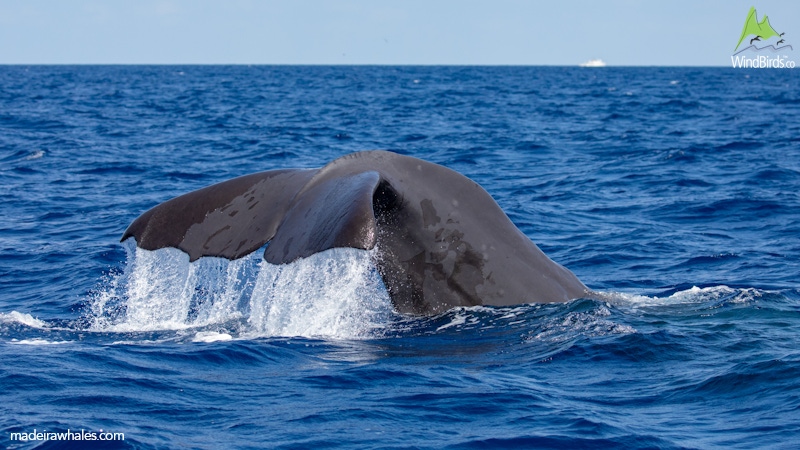
Read More
Whale Watching in Madeira
This website is developed by Wind Birds' company as a contribute to the knowledge and conservation of whales and dolphins species around the Madeira archipelago and to promote whale watching in a sustainable way.
26 species of cetaceans are confirmed records for Madeira archipelago waters and three species remain as dubious records as there are not enough evidence to allow a definite identification of the species.
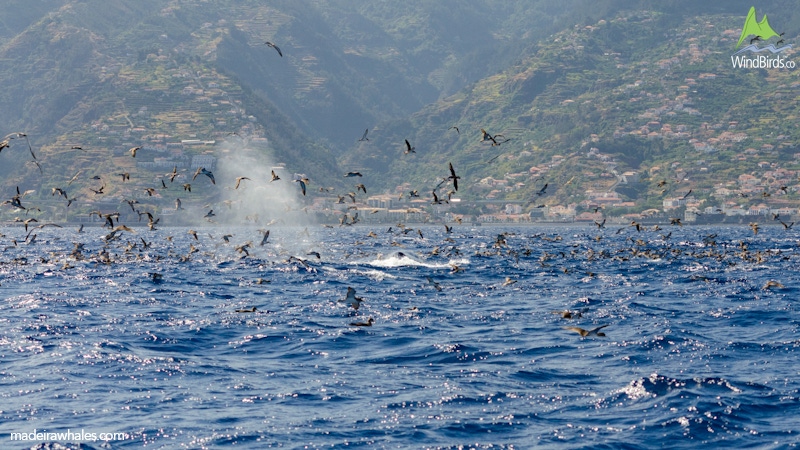
One can not write about whale watching without mentioning whaling, as that was how it all started... So we begin by framing historically the whaling industry in Madeira archipelago and the use of its products.
In Madeira, whale watching as a recreational activity started mainly after the end of whaling, when chances to observe whales or dolphins increased for the boats operating coastal or big game fishing trips. By then whale watching was randomly done when by luck a group of cetaceans crossed the course of those trips and the passengers had the chance to observe them. As a dedicated commercial and tourist activity, with companies promoting and running sea trips devoted to the observation of whales and dolphins only started in 2004. From then on whale watching had an average growth of one new boat operating per year.